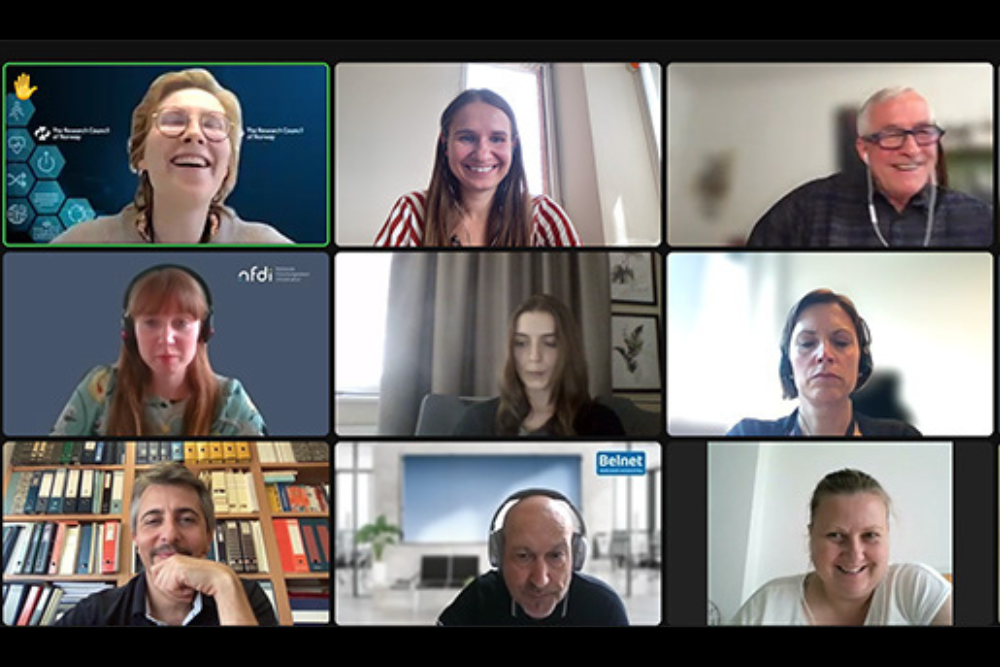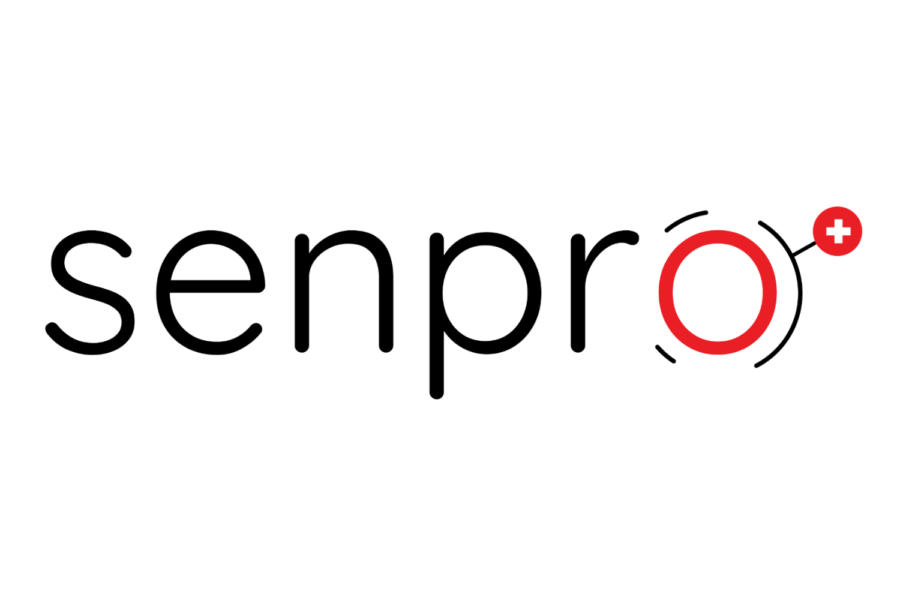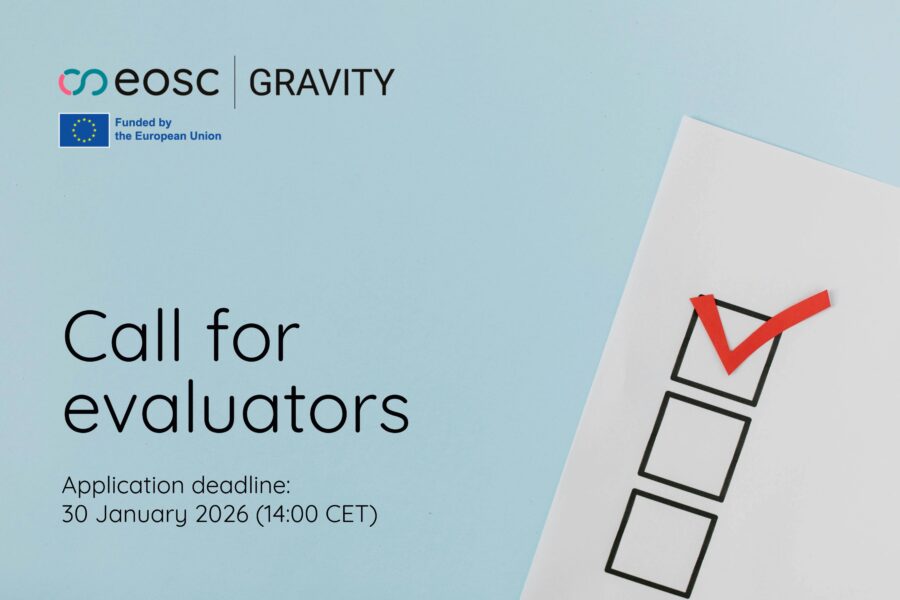The Additional Activities Plan (AAP) 2022, with a total value of 312 MEUR, is one of the perfect examples illustrating a great commitment of the EOSC-A Members to the continuous development of the EOSC ecosystem. The information collected on the in-kind and financial contributions to additional activities is critical as it helps the Association to demonstrate that the Community is progressing towards the objectives described by the Strategic Research and Innovation Agenda (SRIA).
The AAP 2022 has been welcomed by the Members of the Association, but there are still some gaps to be filled and possible improvements to be implemented in the entire process. To optimise an upcoming round of establishing the Additional Activities Plan for 2023, on 5 July 2022, the EOSC Association organised the dedicated workshop on lessons learnt from AAP 2022. The webinar served as a basis for exchanging information, experiences, and best practices among the Members of the Association. It also provided the opportunity to highlight the Members’ insights, with the aim to enhance the discussion on the role and significance of the additional activities.
“The AAP 2022 exercise primarily allowed us to rethink our EOSC-related efforts, including activities for open publications, investments in new platforms, demonstrators, pilot use cases, training, and skills development provided in Open Science. We have also tabled a proper discussion on missing actions and initiatives,” said Giorgio Maria di Nunzio, Associate Professor at the University of Padova. For Sofia Abrahamsson, Senior Policy Officer at the Swedish Research Council, the AAP 2022 survey was a valuable mapping exercise that enabled her funding organisation to identify relevant roles and activities in terms of coordination, funding, and services. She said: “Despite some overlap in the sub-activities performed within and across organisations, causing some difficulties in estimating in-kind contributions, we found the list of AAP categories helpful in getting a good picture of what has been done so far and what is currently under development”. Others see their input to the Additional Activities Plan 2002 as an excellent opportunity to showcase institutional actions in the field of Open Science. “Our intention was to demonstrate that we are active in Slovakia. In the AAP 2022 survey, we indicated numerous envisaged activities, e.g. webinars, open access courses, and our involvement in the national strategy for Open Science 2021-2028,” said Anna Krivjanska, Head of Department of the International Cooperation at the Slovak Centre of Scientific and Technical Information.
More light was also shed on the data collection process. For instance, Sophie Kraft, Scientific Officer at the German National Research Data Infrastructure, presented NFDI’s scheme that has been used to collectively obtain the required information from all German EOSC-A Members, as well as the key learnings coming from this exercise. “For us, one of the main lessons learnt is a pivotal role of early and close coordination with the relevant partners and stakeholders. Central coordination and cooperation with our partners helped us to grasp information on additional activities,” said Kraft.
The EOSC Association emphasized the importance of mutual learning about the additional activities. “Multiple interactions with our Members and the European Commission brought a better understanding of the process of setting up of the AAP to us, also with respect to time resources that are needed for this establishment. What is more, we have been provided with further clarifications on the additional activities that paved a way for ongoing survey optimisation, including an optimisation of the survey content,” said Justyna Kramarczyk, Policy Officer at the EOSC Association.
Furthermore, several challenges related to the AAP 2022 process were identified during the webinar, such as the time constraints in collecting information from different departments, the fragmentation of sub-activities, and difficulties in estimating in-kind contributions across the listed types of additional activities. In view of these limitations, possible ways for future improvements were discussed, in a particular a need for a more collaborative survey tool to facilitate data collection, an optimisation of the questionnaire, and more methodological guidance. All participants agreed that the training workshops and a more targeted discussion on the additional activities would be worth continuing. “I am thankful to all participants for every single piece of feedback. As monitoring of the additional activities is an iterative process, I see real added value in the regular exchange between the Association and its Members. It is essential to continue this,” said Karel Luyben, President of the EOSC Association.
One of the forthcoming chances to find out more about the additional activities will be the training workshops for the 2023 edition. As the next AAP survey is planned to be launched on 12 September, the EOSC Association will organise three consecutive webinars on 6, 7, and 8 September in order to guide its Members through the AAP 2023 questionnaire. The registration for the training workshops is already open.




